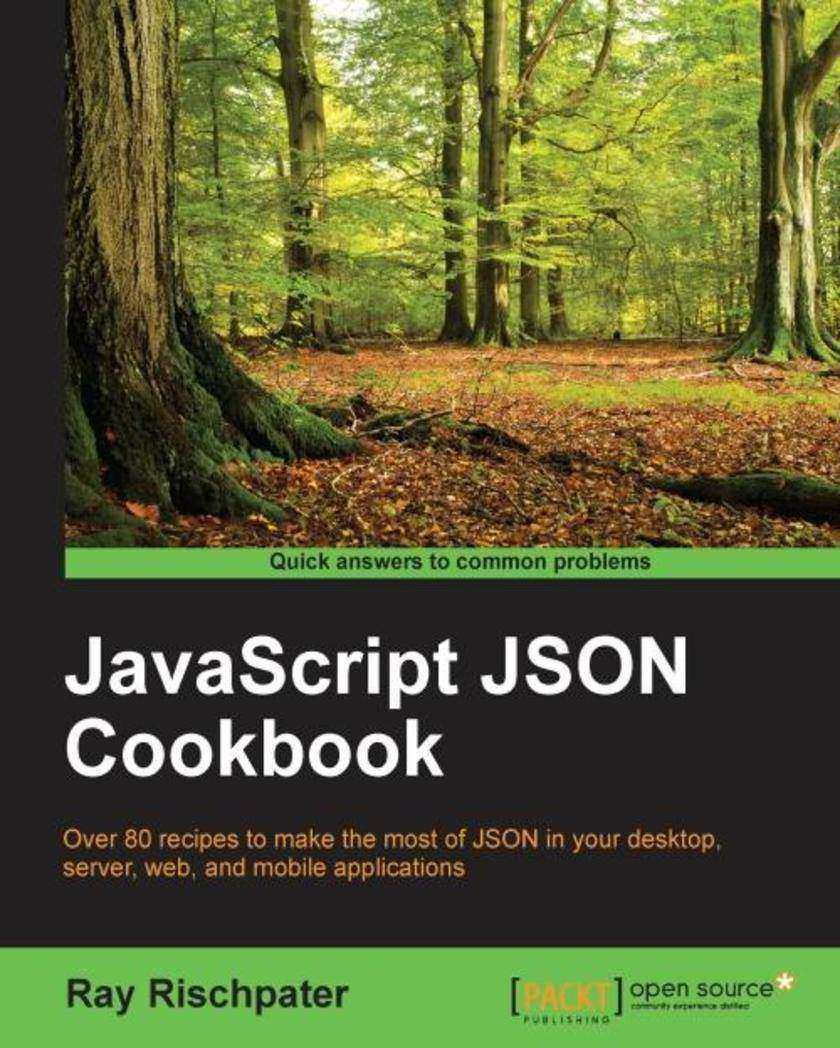
JavaScript JSON Cookbook
¥80.65
If you're writing applications that move structured data from one place to another, this book is for you. This is especially true if you've been using XML to do the job because it's entirely possible that you could do much of the same work with less code and less data overhead in JSON. While the book's chapters make some distinction between the client and server sides of an application, it doesn't matter if you're a frontend, backend, or full-stack developer. The principles behind using JSON apply to both the client and the server, and in fact, developers who understand both sides of the equation generally craft the best applications.
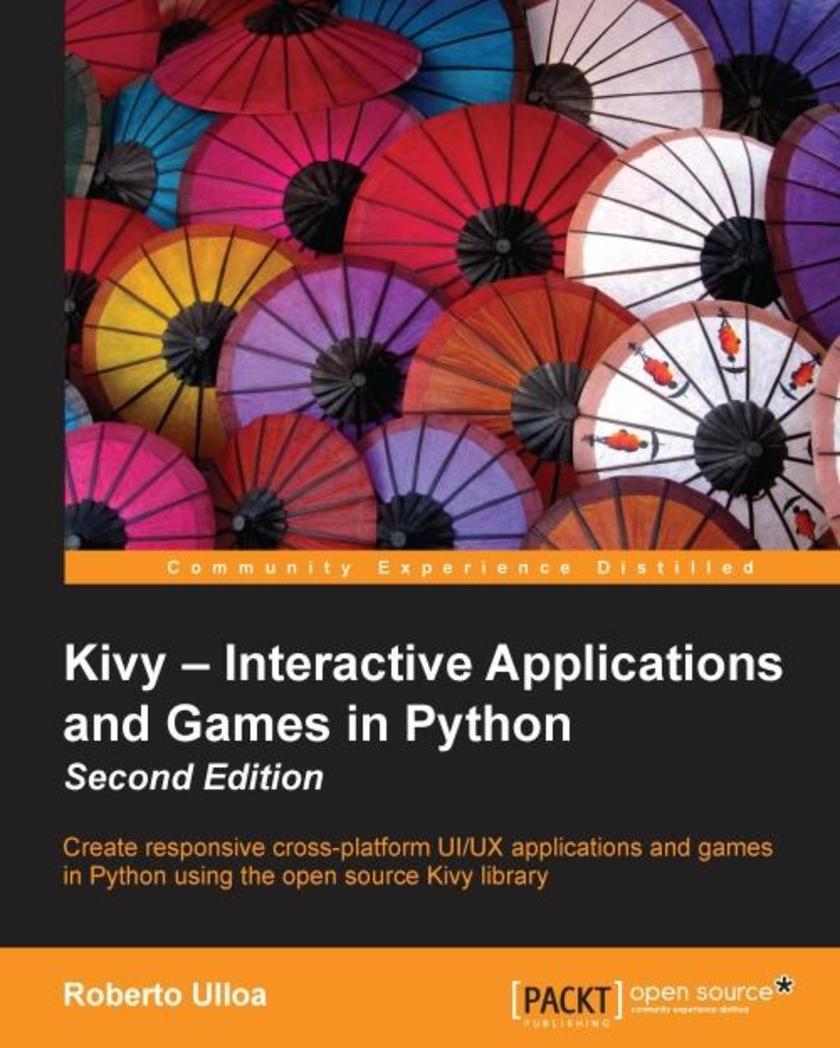
Kivy – Interactive Applications and Games in Python - Second Edition
¥80.65
If you are a Python developer who wants to create exciting and dynamic UI/UX applications that are compatible with multiple platforms, then this is the book for you. No prior experience with Kivy is required, although you should be familiar with Python and have a fair understanding of software engineering concepts such as inheritance, classes, and instances.
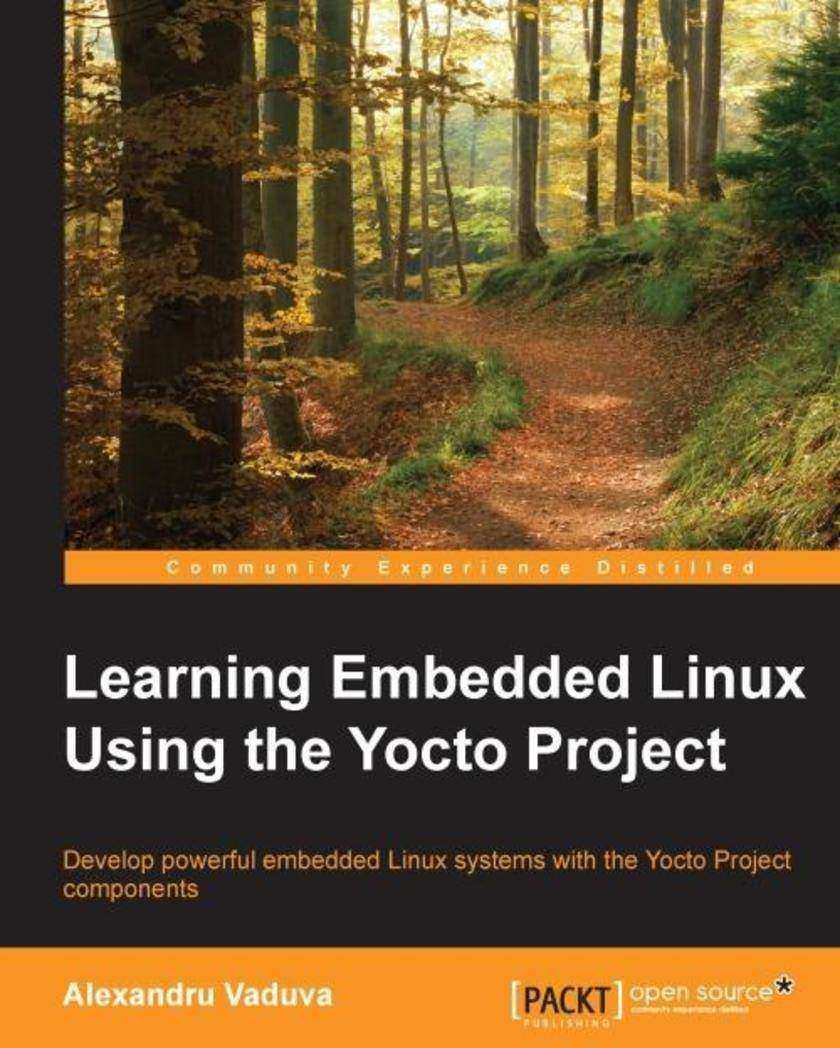
Learning Embedded Linux Using the Yocto Project
¥80.65
If you are a Yocto and Linux enthusiast who wants to build embedded Linux systems but do not have the knowledge to do it, this is the book for you. It will also help those of you who have a bit of knowledge about Linux and the embedded world and are keen on learning more about the technology. This book will provide you with the skills needed to successfully interact with the Yocto Project components regardless of the fact that you are new to embedded development or an expert.
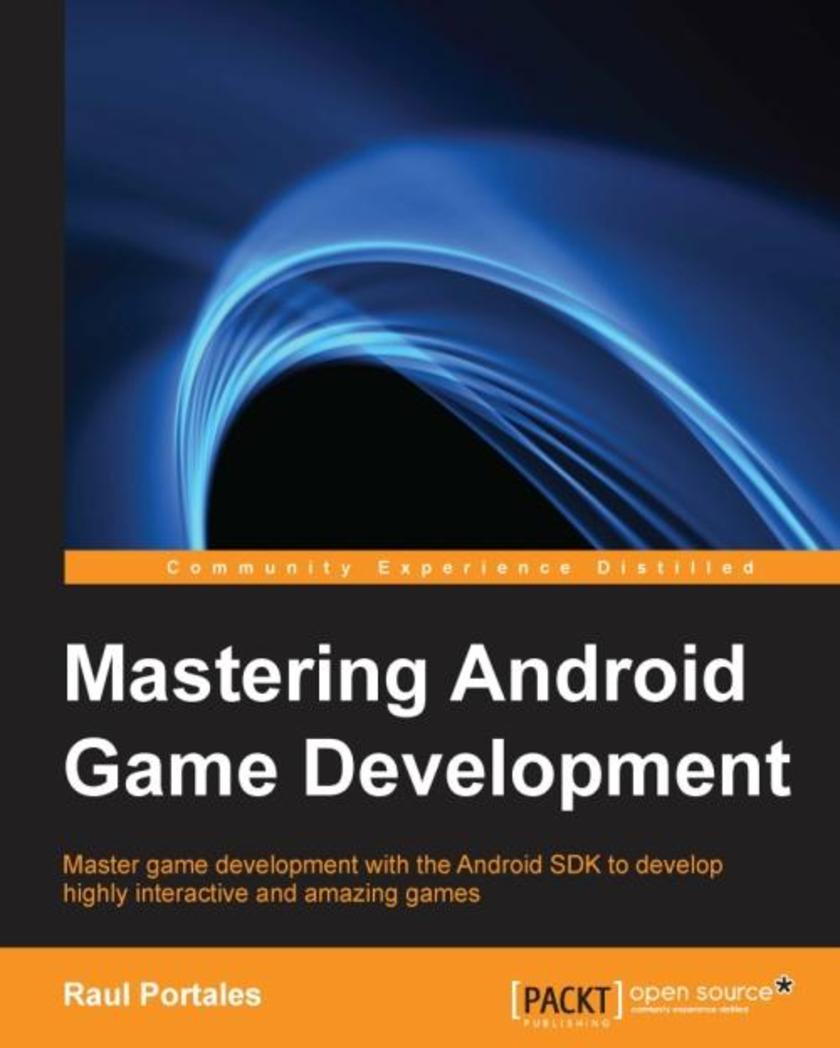
Mastering Android Game Development
¥80.65
If you are an intermediate-level Android developer who wants to create highly interactive and amazing games with the Android SDK, then this book is for you.
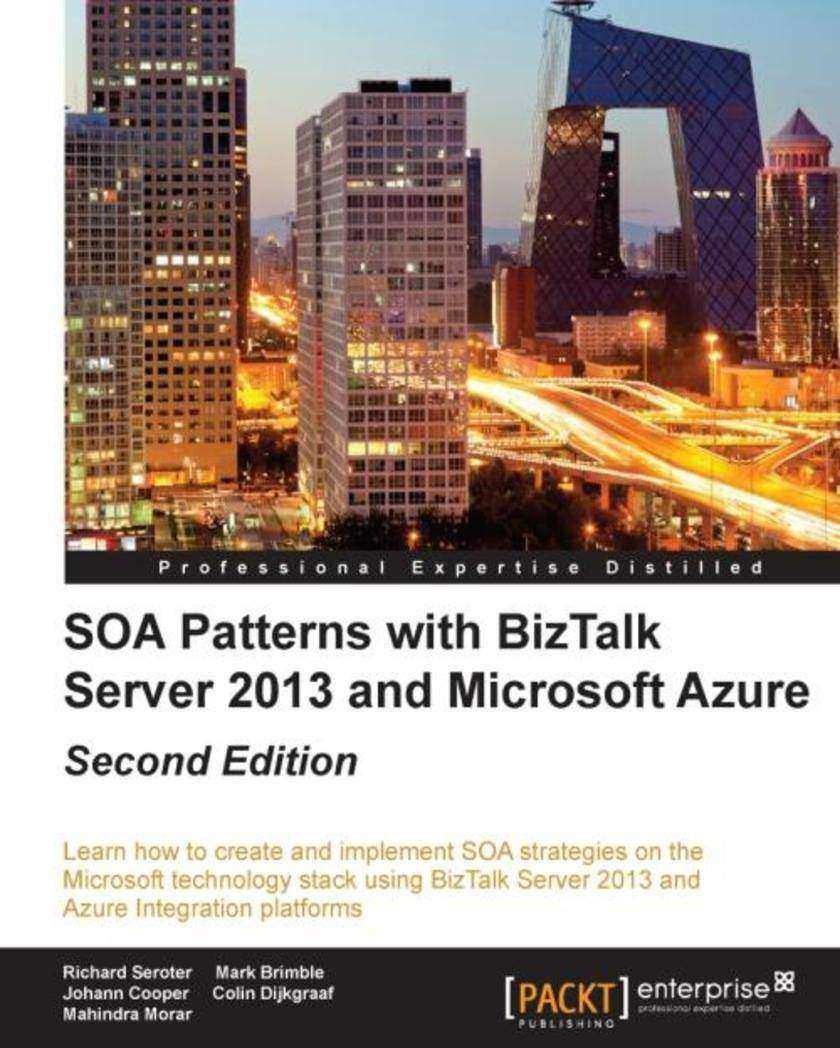
SOA Patterns with BizTalk Server 2013 and Microsoft Azure - Second Edition
¥80.65
If you are a developer who has been tasked with building service-oriented BizTalk Server solutions, this book is for you. It will help you to envision an enterprise solution and implement the software blueprint.
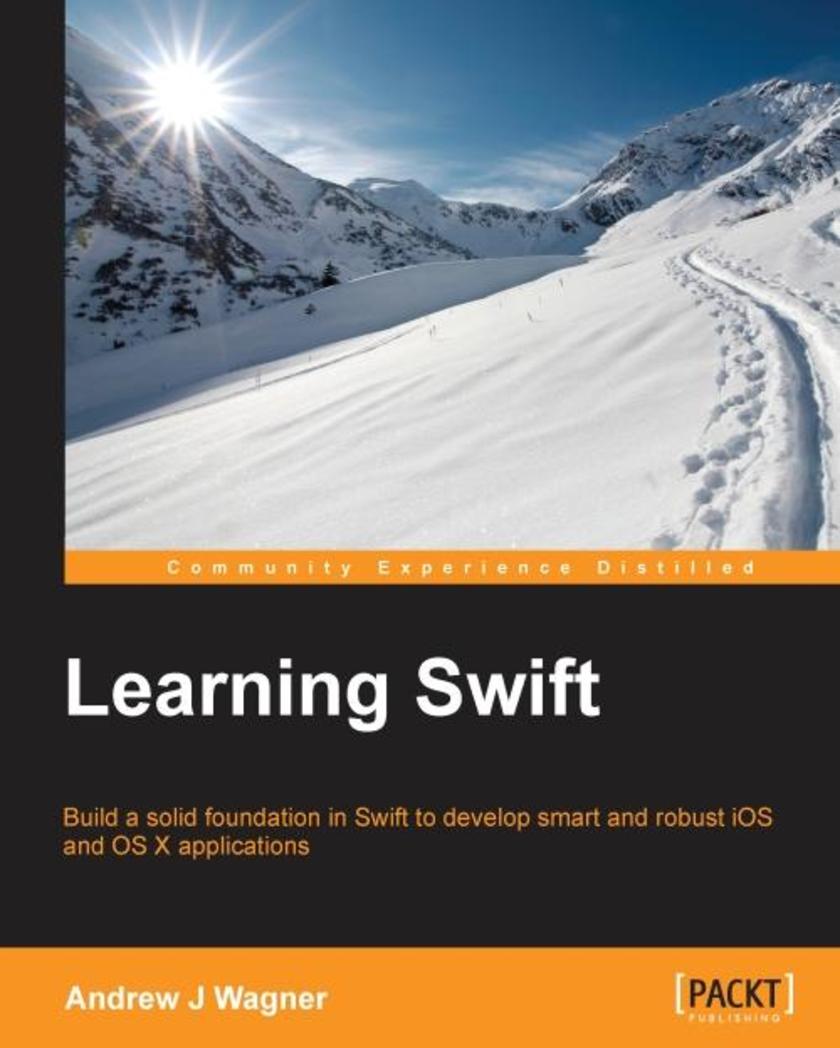
Learning Swift
¥80.65
If you are looking to build iOS or OS X apps using the most modern technology, this book is ideal for you. You will find this book especially useful if you are new to programming or if you have yet to develop for iOS or OS X.
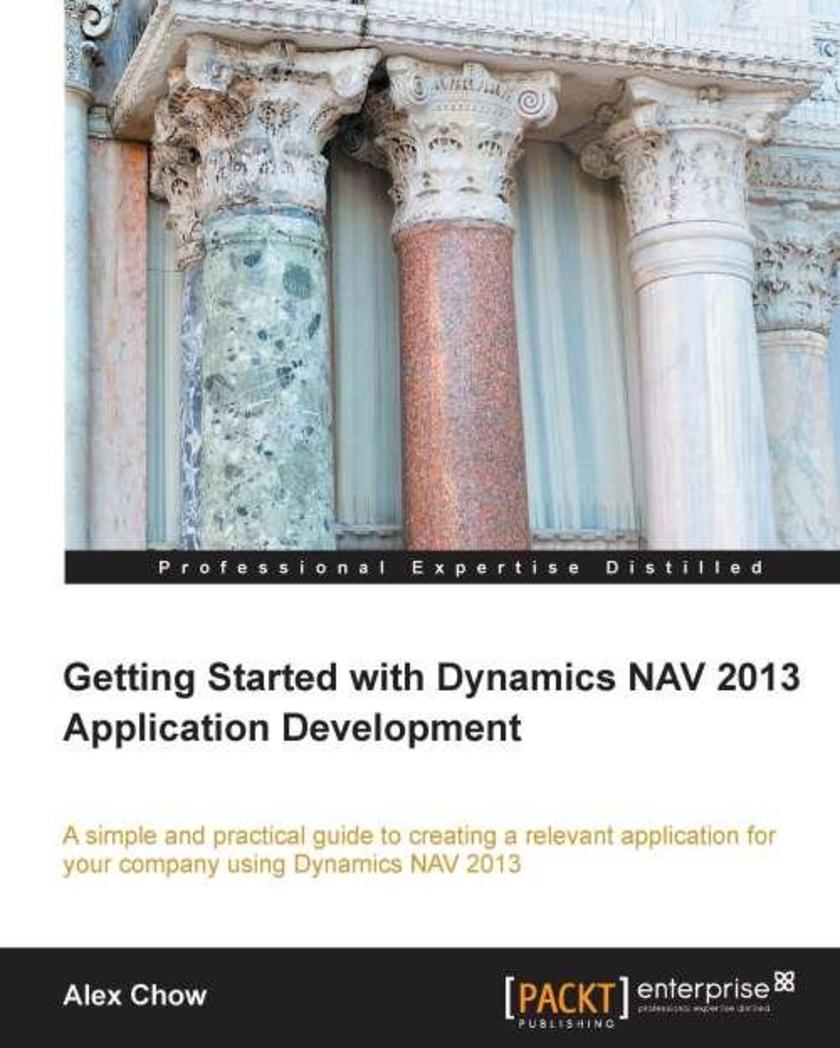
Getting Started with Dynamics NAV 2013 Application Development
¥80.65
Presented in an easy-to-follow, step-by-step tutorial, "Getting Started with Dynamics NAV 2013 Application Development" introduces the reader to the main concepts of developing with Dynamics NAV."Getting Started with Dynamics NAV 2013 Application Development" is for any user who uses Dynamics NAV as their main business software. This is also for any developers who may be familiar with other accounting software and wish to get into developing within the Dynamics NAV field.
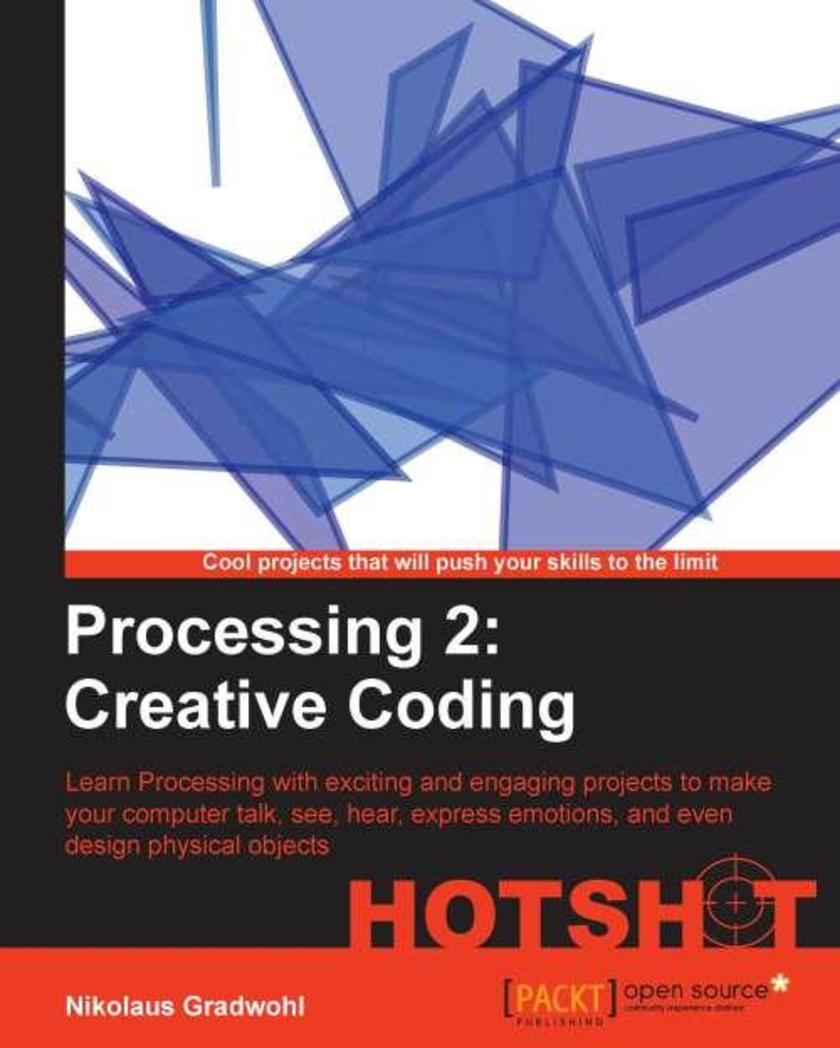
Processing 2: Creative Coding Hotshot
¥80.65
Using a project-based approach, you will be able to learn the coolest aspects of working with Processing. Each project contains step-by-step explanations, diagrams, screenshots, and downloadable material to make learning Processing even easier.This book targets Processing developers ,visual artists, creative professionals, and students who want to move to the next level of learning Processing for gaining inspiration, work, or just for fun. The book assumes a basic understanding of programming. However, this book is also recommended to non-artistic readers, looking to expand their graphics and develop their creativity.
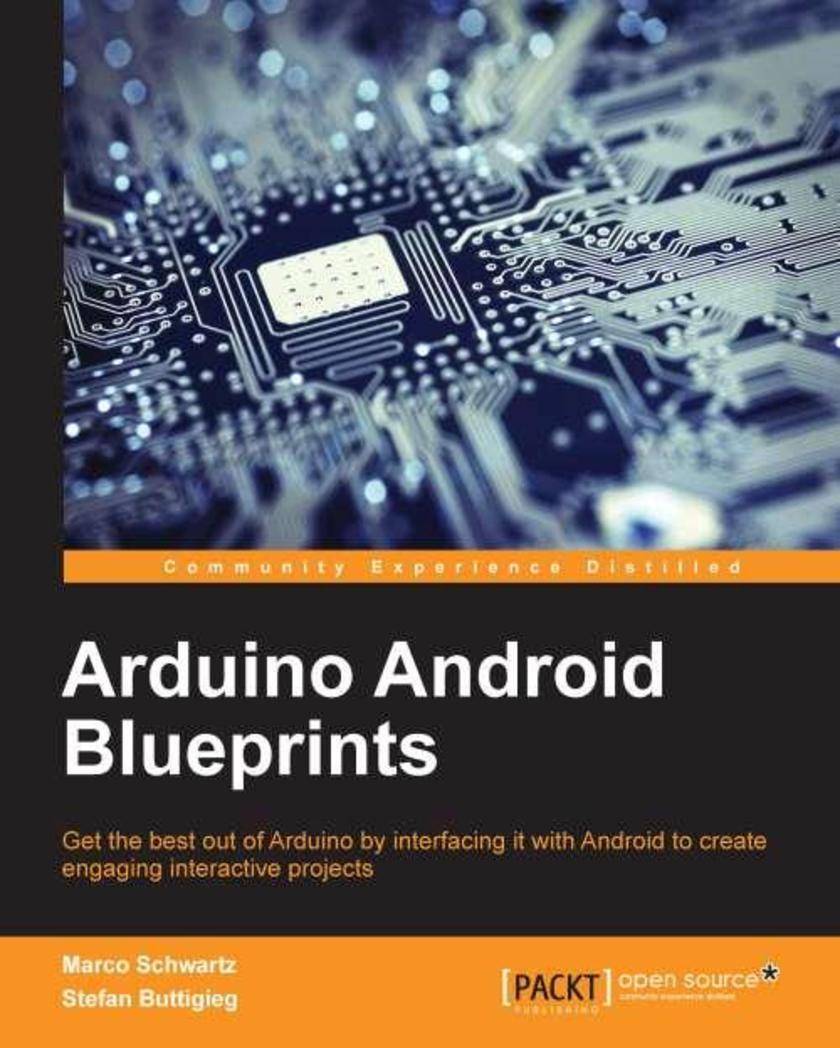
Arduino Android Blueprints
¥80.65
This book is for those who want to learn how to build exciting Arduino projects by interfacing it with Android. You will need to have some basic experience in electronics and programming. However, you don't need to have any previous experience with the Arduino or Android platforms.
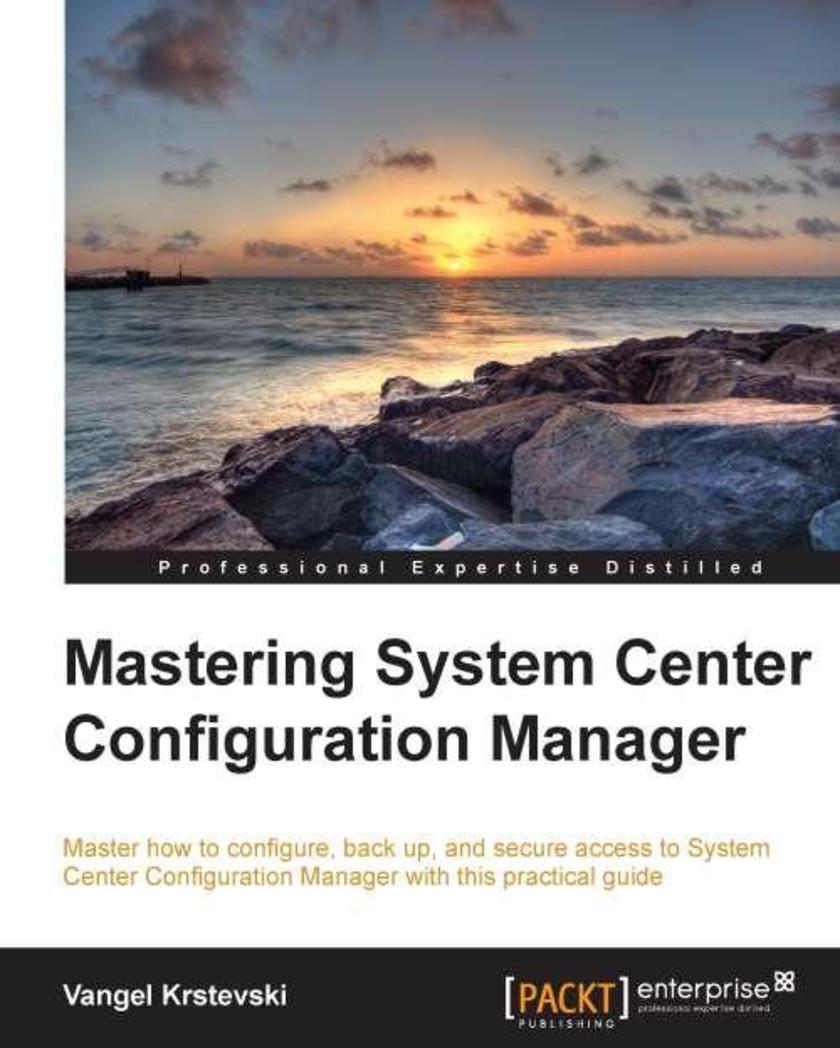
Mastering Microsoft system centre Configuration Manager
¥80.65
This book is perfect for IT administrators who are looking to enhance their skills on system and asset management. A fair understanding of the core elements and applications related to SCCM would be helpful.
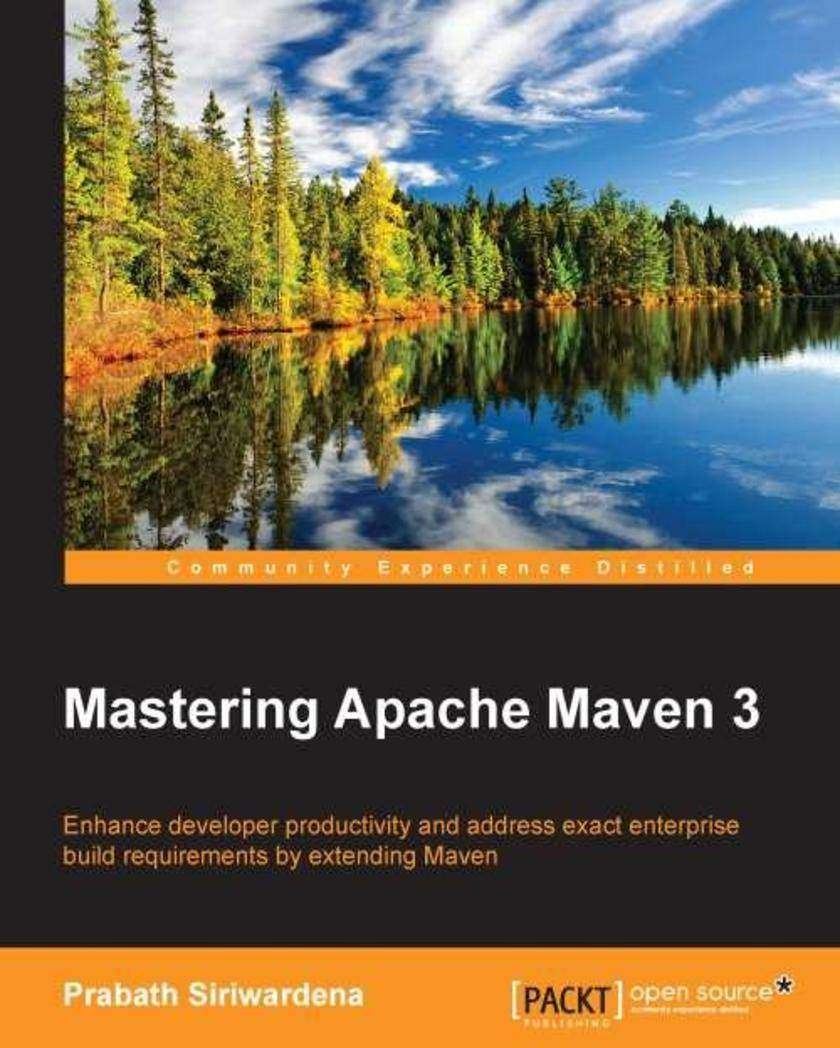
Mastering Apache Maven 3
¥80.65
If you are working with Java or Java EE projects and you want to take full advantage of Maven in designing, executing, and maintaining your build system for optimal developer productivity, then this book is ideal for you. You should be well versed with Maven and its basic functionality if you wish to get the most out of the book.
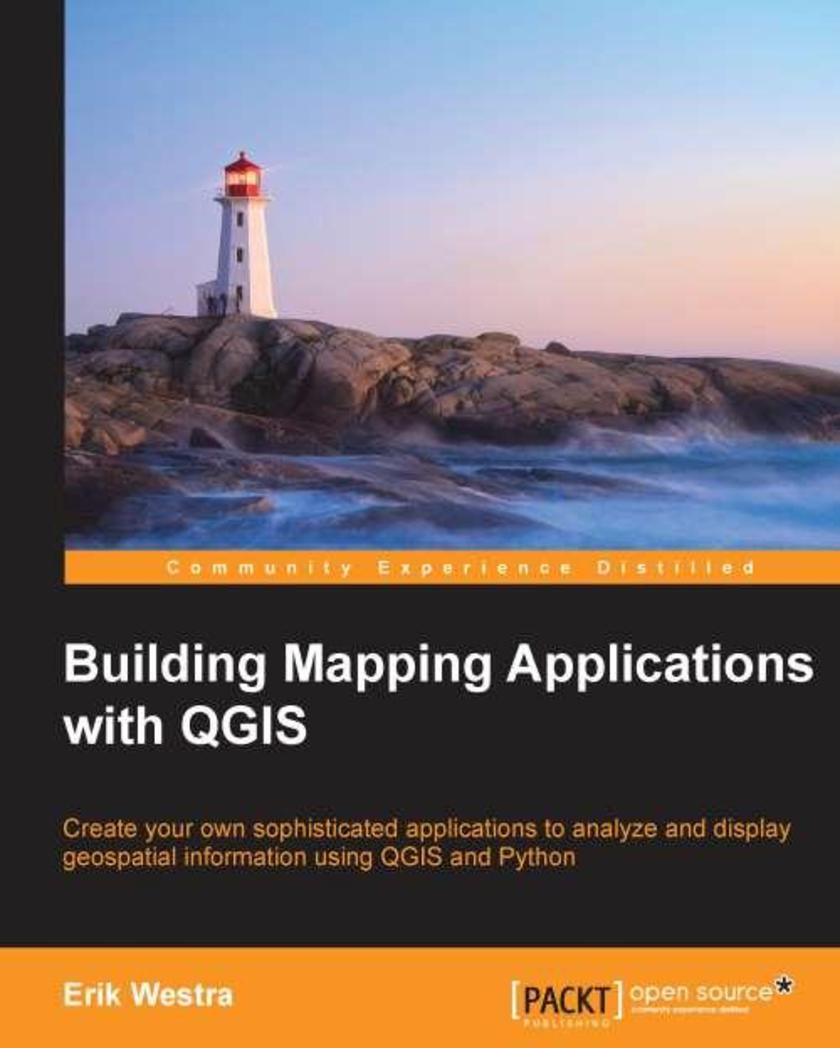
Building Mapping Applications with QGIS
¥80.65
If you are an experienced Python developer who wants to create your own geospatial applications with minimum fuss, this is the book for you. While some familiarity with mapping applications would be an advantage, no prior knowledge of geospatial concepts is required. Even if you've never used QGIS before, this book will quickly get you up to speed.
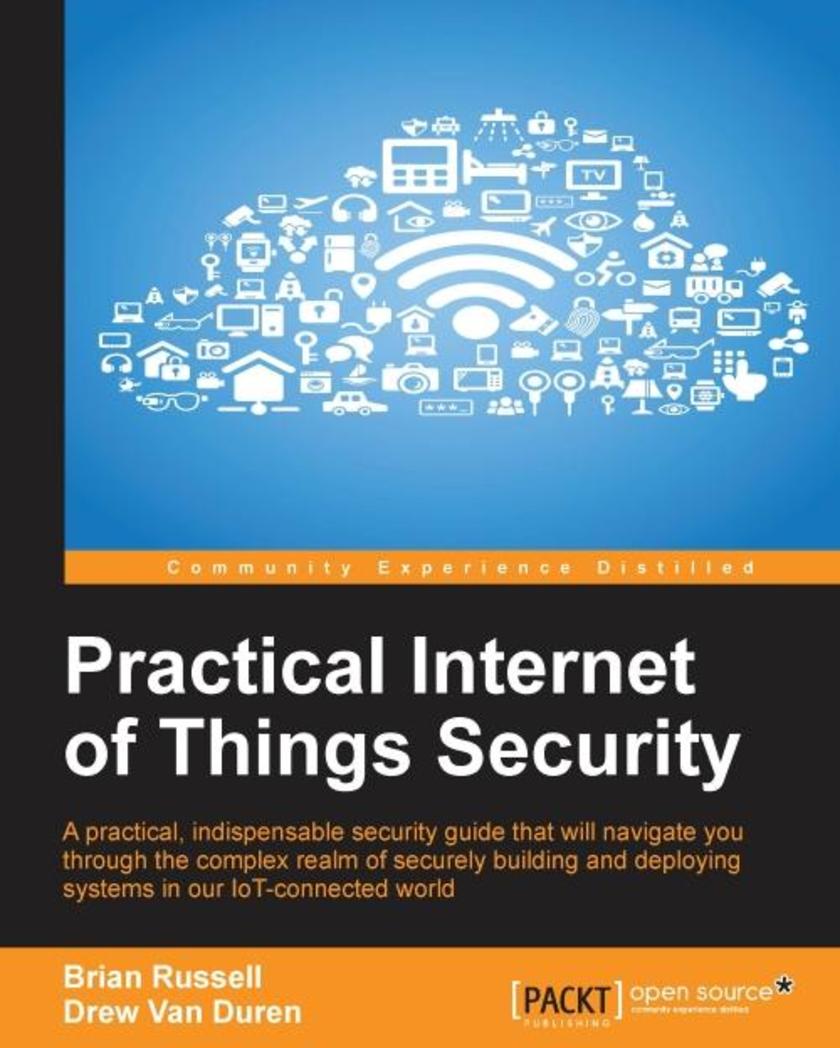
Practical Internet of Things Security
¥80.65
A practical, indispensable security guide that will navigate you through the complex realm of securely building and deploying systems in our IoT-connected world About This Book Learn to design and implement cyber security strategies for your organization Learn to protect cyber-physical systems and utilize forensic data analysis to beat vulnerabilities in your IoT ecosystem Learn best practices to secure your data from device to the cloud Gain insight into privacy-enhancing techniques and technologies Who This Book Is For This book targets IT Security Professionals and Security Engineers (including pentesters, security architects and ethical hackers) who would like to ensure security of their organization's data when connected through the IoT. Business analysts and managers will also find it useful. What You Will Learn Learn how to break down cross-industry barriers by adopting the best practices for IoT deployments Build a rock-solid security program for IoT that is cost-effective and easy to maintain Demystify complex topics such as cryptography, privacy, and penetration testing to improve your security posture See how the selection of individual components can affect the security posture of the entire system Use Systems Security Engineering and Privacy-by-design principles to design a secure IoT ecosystem Get to know how to leverage the burdgening cloud-based systems that will support the IoT into the future. In Detail With the advent of Intenret of Things (IoT), businesses will be faced with defending against new types of threats. The business ecosystem now includes cloud computing infrastructure, mobile and fixed endpoints that open up new attack surfaces, a desire to share information with many stakeholders and a need to take action quickly based on large quantities of collected data. . It therefore becomes critical to ensure that cyber security threats are contained to a minimum when implementing new IoT services and solutions. . The interconnectivity of people, devices, and companies raises stakes to a new level as computing and action become even more mobile, everything becomes connected to the cloud, and infrastructure is strained to securely manage the billions of devices that will connect us all to the IoT. This book shows you how to implement cyber-security solutions, IoT design best practices and risk mitigation methodologies to address device and infrastructure threats to IoT solutions. This book will take readers on a journey that begins with understanding the IoT and how it can be applied in various industries, goes on to describe the security challenges associated with the IoT, and then provides a set of guidelines to architect and deploy a secure IoT in your Enterprise. The book will showcase how the IoT is implemented in early-adopting industries and describe how lessons can be learned and shared across diverse industries to support a secure IoT. Style and approach This book aims to educate readers on key areas in IoT security. It walks readers through engaging with security challenges and then provides answers on how to successfully manage IoT security and build a safe infrastructure for smart devices. After reading this book, you will understand the true potential of tools and solutions in order to build real-time security intelligence on IoT networks.
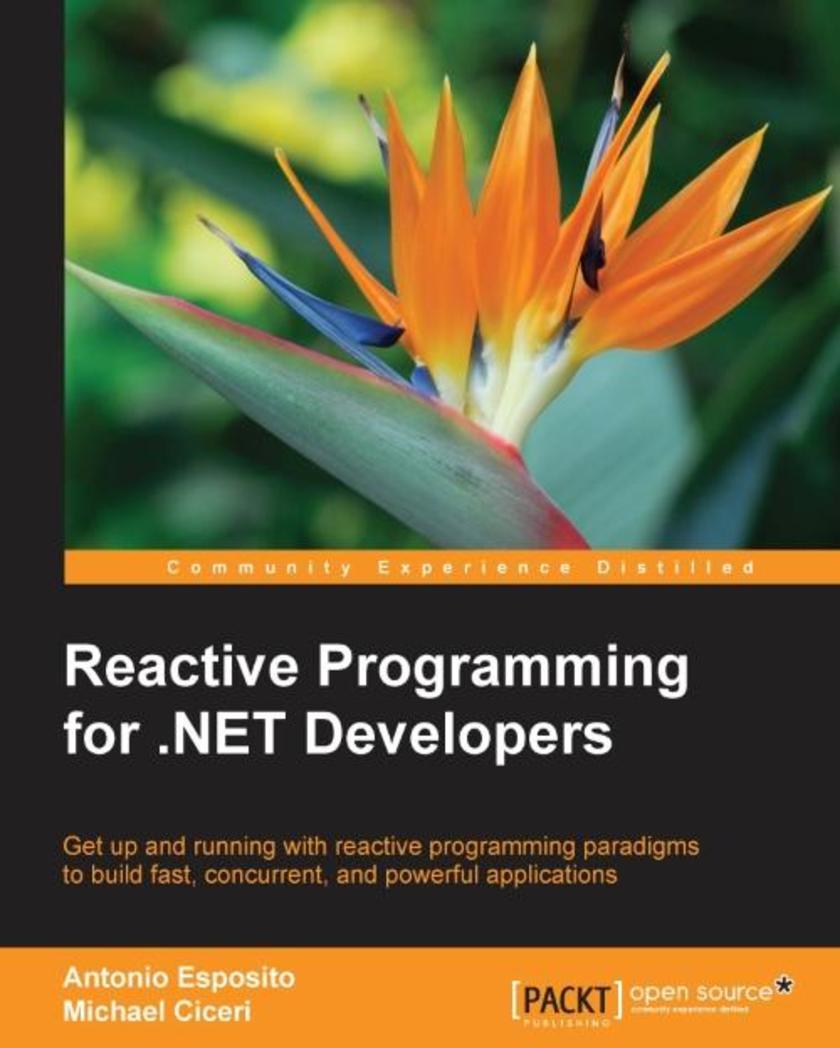
Reactive Programming for .NET Developers
¥80.65
Get up and running with reactive programming paradigms to build fast, concurrent, and powerful applications About This Book . Get to grips with the core design principles of reactive programming . Learn about Reactive Extensions for .NET through real-world examples . Improve your problem-solving ability by applying functional programming Who This Book Is For If you are a .NET developer who wants to implement all the reactive programming paradigm techniques to create better and more efficient code, then this is the book for you. No prior knowledge of reactive programming is expected. What You Will Learn . Create, manipulate, and aggregate sequences in a functional-way . Query observable data streams using standard LINQ query operators . Program reactive observers and observable collections with C# . Write concurrent programs with ease, scheduling actions on various workers . Debug, analyze, and instrument Rx functions . Integrate Rx with CLR events and custom scheduling . Learn Functional Reactive Programming with F# In Detail Reactive programming is an innovative programming paradigm focused on time-based problem solving. It makes your programs better-performing, easier to scale, and more reliable. Want to create fast-running applications to handle complex logics and huge datasets for financial and big-data challengesThen you have picked up the right book! Starting with the principles of reactive programming and unveiling the power of the pull-programming world, this book is your one-stop solution to get a deep practical understanding of reactive programming techniques. You will gradually learn all about reactive extensions, programming, testing, and debugging observable sequence, and integrating events from CLR data-at-rest or events. Finally, you will dive into advanced techniques such as manipulating time in data-flow, customizing operators and providers, and exploring functional reactive programming. By the end of the book, you'll know how to apply reactive programming to solve complex problems and build efficient programs with reactive user interfaces. Style and approach This is a concise reference manual for reactive programming with Rx for C# and F# using real-world, practical examples.
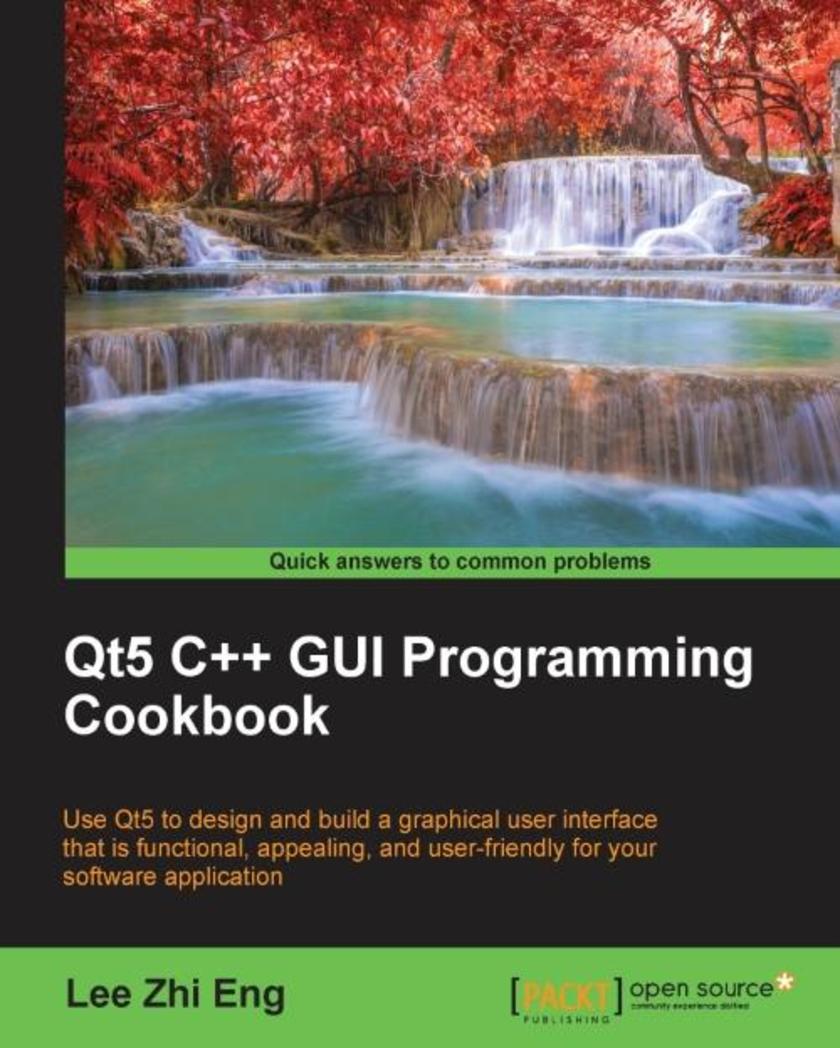
Qt5 C++ GUI Programming Cookbook
¥80.65
Use Qt5 to design and build a graphical user interface that is functional, appealing, and user-friendly for your software application About This Book Learn to make use of Qt5 to design and customize the look-and-feel of your application Improve the visual quality of your application by utilizing the graphic rendering system and animation system provided by Qt5 A good balance of visual presentation and its contents will make an application appealing yet functional Who This Book Is For This book intended for those who want to develop software using Qt5. If you want to improve the visual quality and content presentation of your software application, this book is best suited to you. What You Will Learn Customize the look and feel of your application using the widget editor provided by Qt5 Change the states of the GUI elements to make them appear in a different form Animating the GUI elements using the built-in animation system provided by Qt5 Draw shapes and 2D images in your application using Qt5’s powerful rendering system Draw 3D graphics in your application by implementing OpenGL, an industry-standard graphical library to your project Build a mobile app that supports touch events and export it to your device Parse and extract data from an XML file, then present it on your software’s GUI Display web content on your program and interact with it by calling JavaScript functions from C++, or calling C++ functions from the web content Access to MySQL and SQLite databases to retrieve data and display it on your software’s GUI In Detail With the advancement of computer technology, the software market is exploding with tons of software choices for the user, making their expectations higher in terms of functionality and the look and feel of the application. Therefore, improving the visual quality of your application is vital in order to overcome the market competition and stand out from the crowd. This book will teach you how to develop functional and appealing software using Qt5 through multiple projects that are interesting and fun. This book covers a variety of topics such as look-and-feel customization, GUI animation, graphics rendering, implementing Google Maps, and more. You will learn tons of useful information, and enjoy the process of working on the creative projects provided in this book. Style and approach This book focuses on customizing the look and feel and utilizing the graphical features provided by Qt5. It takes a step-by-step approach, providing tons of screenshots and sample code for you to follow and learn. Each topic is explained sequentially and placed in context.
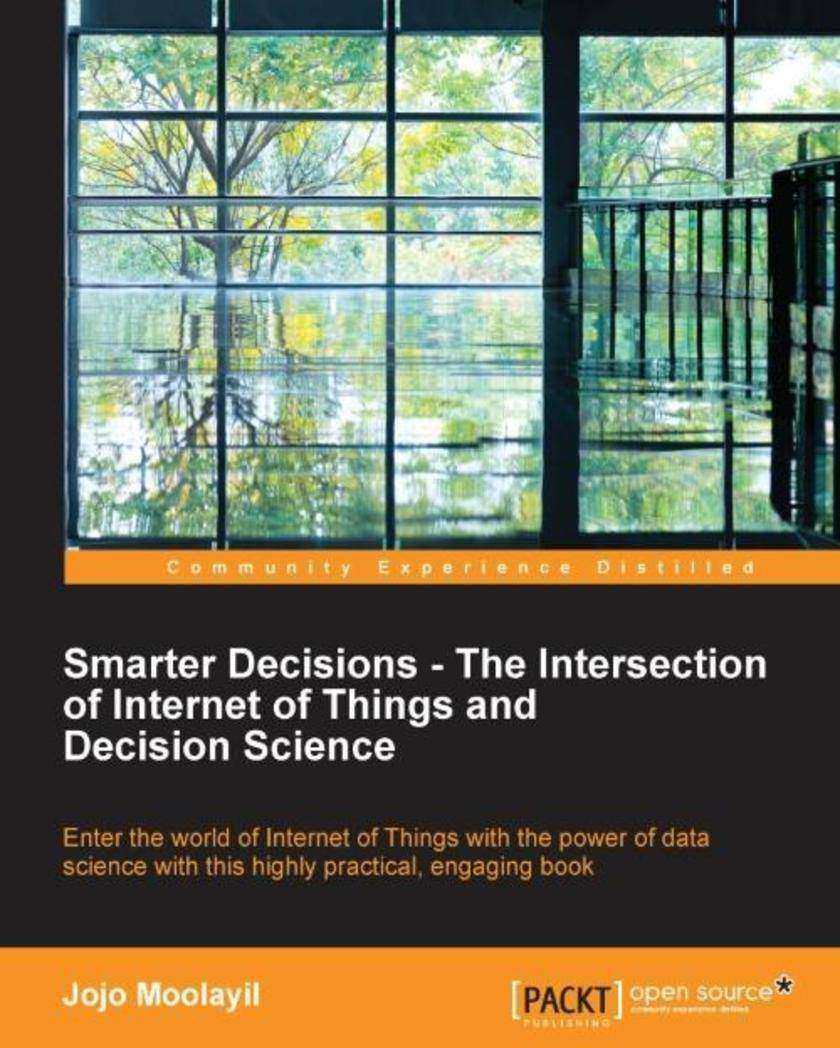
Smarter Decisions – The Intersection of Internet of Things and Decision Science
¥80.65
Enter the world of Internet of Things with the power of data science with this highly practical, engaging book About This Book Explore real-world use cases from the Internet of Things (IoT) domain using decision science with this easy-to-follow, practical book Learn to make smarter decisions on top of your IoT solutions so that your IoT is smart in a real sense This highly practical, example-rich guide fills the gap between your knowledge of data science and IoT Who This Book Is For If you have a basic programming experience with R and want to solve business use cases in IoT using decision science then this book is for you. Even if your're a non-technical manager anchoring IoT projects, you can skip the code and still benefit from the book. What You Will Learn Explore decision science with respect to IoT Get to know the end to end analytics stack – De*ive + Inquisitive + Predictive + Pre*ive Solve problems in IoT connected assets and connected operations Design and solve real-life IoT business use cases using cutting edge machine learning techniques Synthesize and assimilate results to form the perfect story for a business Master the art of problem solving when IoT meets decision science using a variety of statistical and machine learning techniques along with hands on tasks in R In Detail With an increasing number of devices getting connected to the Internet, massive amounts of data are being generated that can be used for analysis. This book helps you to understand Internet of Things in depth and decision science, and solve business use cases. With IoT, the frequency and impact of the problem is huge. Addressing a problem with such a huge impact requires a very structured approach. The entire journey of addressing the problem by defining it, designing the solution, and executing it using decision science is articulated in this book through engaging and easy-to-understand business use cases. You will get a detailed understanding of IoT, decision science, and the art of solving a business problem in IoT through decision science. By the end of this book, you’ll have an understanding of the complex aspects of decision making in IoT and will be able to take that knowledge with you onto whatever project calls for it Style and approach This scenario-based tutorial approaches the topic systematically, allowing you to build upon what you learned in previous chapters.
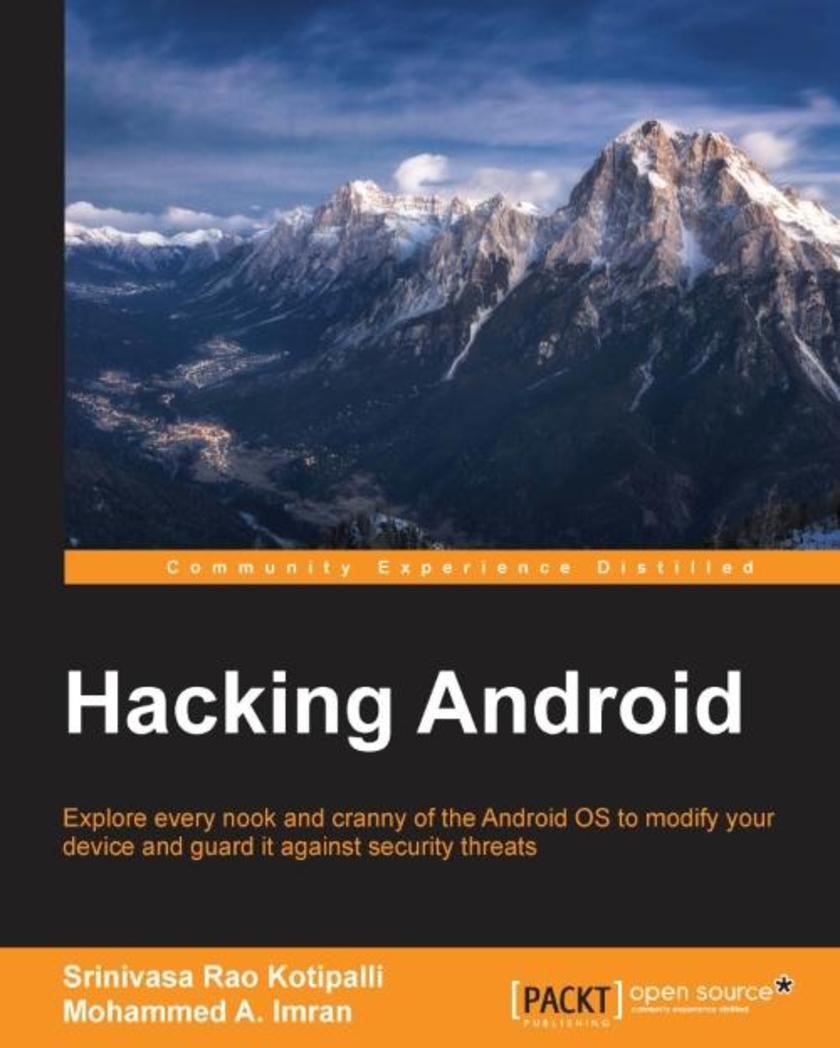
Hacking Android
¥80.65
Explore every nook and cranny of the Android OS to modify your device and guard it against security threats About This Book Understand and counteract against offensive security threats to your applications Maximize your device’s power and potential to suit your needs and curiosity See exactly how your smartphone’s OS is put together (and where the seams are) Who This Book Is For This book is for anyone who wants to learn about Android security. Software developers, QA professionals, and beginner- to intermediate-level security professionals will find this book helpful. Basic knowledge of Android programming would be a plus. What You Will Learn Acquaint yourself with the fundamental building blocks of Android Apps in the right way Pentest Android apps and perform various attacks in the real world using real case studies Take a look at how your personal data can be stolen by malicious attackers Understand the offensive maneuvers that hackers use Discover how to defend against threats Get to know the basic concepts of Android rooting See how developers make mistakes that allow attackers to steal data from phones Grasp ways to secure your Android apps and devices Find out how remote attacks are possible on Android devices In Detail With the mass explosion of Android mobile phones in the world, mobile devices have become an integral part of our everyday lives. Security of Android devices is a broad subject that should be part of our everyday lives to defend against ever-growing smartphone attacks. Everyone, starting with end users all the way up to developers and security professionals should care about android security. Hacking Android is a step-by-step guide that will get you started with Android security. You’ll begin your journey at the absolute basics, and then will slowly gear up to the concepts of Android rooting, application security assessments, malware, infecting APK files, and fuzzing. On this journey you’ll get to grips with various tools and techniques that can be used in your everyday pentests. You’ll gain the skills necessary to perform Android application vulnerability assessment and penetration testing and will create an Android pentesting lab. Style and approach This comprehensive guide takes a step-by-step approach and is explained in a conversational and easy-to-follow style. Each topic is explained sequentially in the process of performing a successful penetration test. We also include detailed explanations as well as screenshots of the basic and advanced concepts.
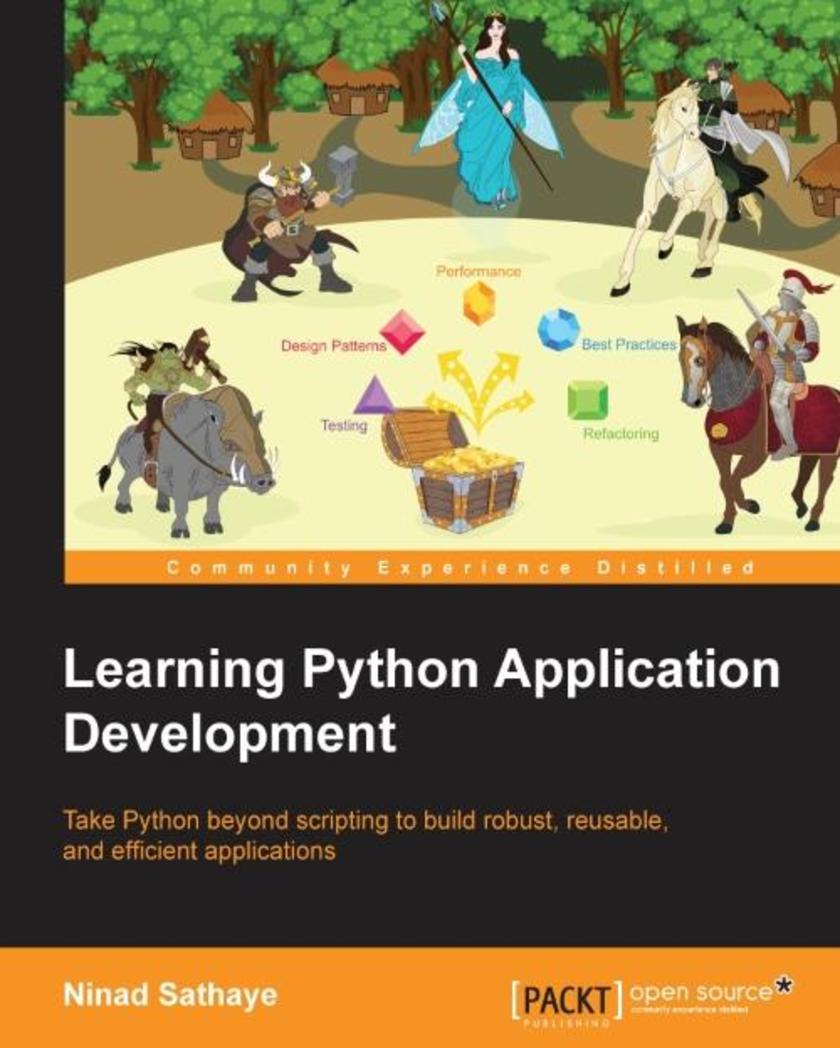
Learning Python Application Development
¥80.65
Take Python beyond *ing to build robust, reusable, and efficient applications About This Book Get to grips with Python techniques that address commonly encountered problems in general application development. Develop, package, and deploy efficient applications in a fun way. All-practical coverage of the major areas of application development, including best practices, exception handling, testing, refactoring, design patterns, performance, and GUI application development. Who This Book Is For Do you know the basics of Python and object oriented programmingDo you want to go an extra mile and learn techniques to make your Python application robust, extensible, and efficientThen this book is for you. What You Will Learn Build a robust application by handling exceptions. Modularize, package, and release the source distribution. Document the code and implement coding standards. Create automated tests to catch bugs in the early development stage. Identify and re-factor badly written code to improve application life. Detect recurring problems in the code and apply design patterns. Improve code efficiency by identifying performance bottlenecks and fixing them. Develop simple GUI applications using Python. In Detail Python is one of the most widely used dynamic programming languages, supported by a rich set of libraries and frameworks that enable rapid development. But fast paced development often comes with its own baggage that could bring down the quality, performance, and extensibility of an application. This book will show you ways to handle such problems and write better Python applications. From the basics of simple command-line applications, develop your skills all the way to designing efficient and advanced Python apps. Guided by a light-hearted fantasy learning theme, overcome the real-world problems of complex Python development with practical solutions. Beginning with a focus on robustness, packaging, and releasing application code, you’ll move on to focus on improving application lifetime by making code extensible, reusable, and readable. Get to grips with Python refactoring, design patterns and best practices. Techniques to identify the bottlenecks and improve performance are covered in a series of chapters devoted to performance, before closing with a look at developing Python GUIs. Style and approach The book uses a fantasy game theme as a medium to explain various topics. Specific aspects of application development are explained in different chapters. In each chapter the reader is presented with an interesting problem which is then tackled using hands-on examples with easy-to-follow instructions.
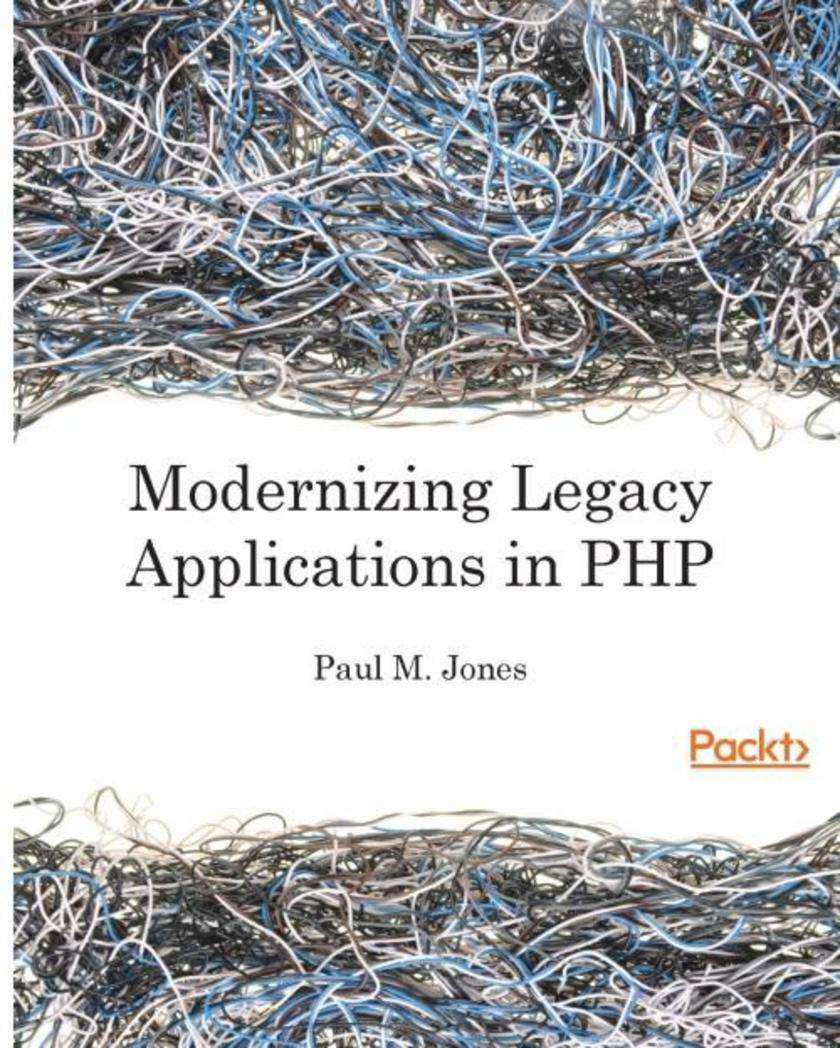
Modernizing Legacy Applications in PHP
¥80.65
Get your code under control in a series of small, specific steps About This Book Learn to extract and replace legacy artifacts, Improve your application from the ground up while keeping your codebase fully operational, Improve the quality of your legacy applications. Who This Book Is For PHP developers from all skill levels will be able to get value from this book and will be able to transform their spaghetti code applications to clean, modular applications. If you are in the midst of a legacy refactor or you find yourself in a state of despair caused by the code you have inherited, this is the book for you. All you need is to have PHP 5.0 installed, and you’re all set to change the way you maintain and deploy your code! What You Will Learn Replace global and new with dependency injection Extract SQL statements to gateways Convert action logic to controllers Remove repeated logic in page *s Create maintainable PHP code from crufty legacy PHP In Detail Have you noticed that your legacy PHP application is composed of page *s placed directly in the document root of the web serverOr, do your page *s, along with any other classes and functions, combine the concerns of model, view, and controller into the same scopeIs the majority of the logical flow incorporated as include files and global functions rather than class methodsWorking with such a legacy application feels like dragging your feet through mud, doesn’t it?This book will show you how to modernize your application in terms of practice and technique, rather than in terms of using tools like frameworks and libraries, by extracting and replacing its legacy artifacts. We will use a step-by-step approach, moving slowly and methodically, to improve your application from the ground up. We’ll show you how dependency injection can replace both the new and global dependencies. We’ll also show you how to change the presentation logic to view files and the action logic to a controller. Moreover, we’ll keep your application running the whole time. Each completed step in the process will keep your codebase fully operational with higher quality. When we are done, you will be able to breeze through your code like the wind. Your code will be autoloaded, dependency-injected, unit-tested, layer-separated, and front-controlled. Most of the very limited code we will add to your application is specific to this book. We will be improving ourselves as programmers, as well as improving the quality of our legacy application. Style and approach This book gives developers an easy-to-follow, practical and powerful process to bring their applications up to a modern baseline. Each step in the book is practical, self-contained and moves you closer to the end goal you seek: maintainable code. As you follow the exercises in the book, the author almost anticipates your questions and you will have the answers, ready to be implemented on your project.
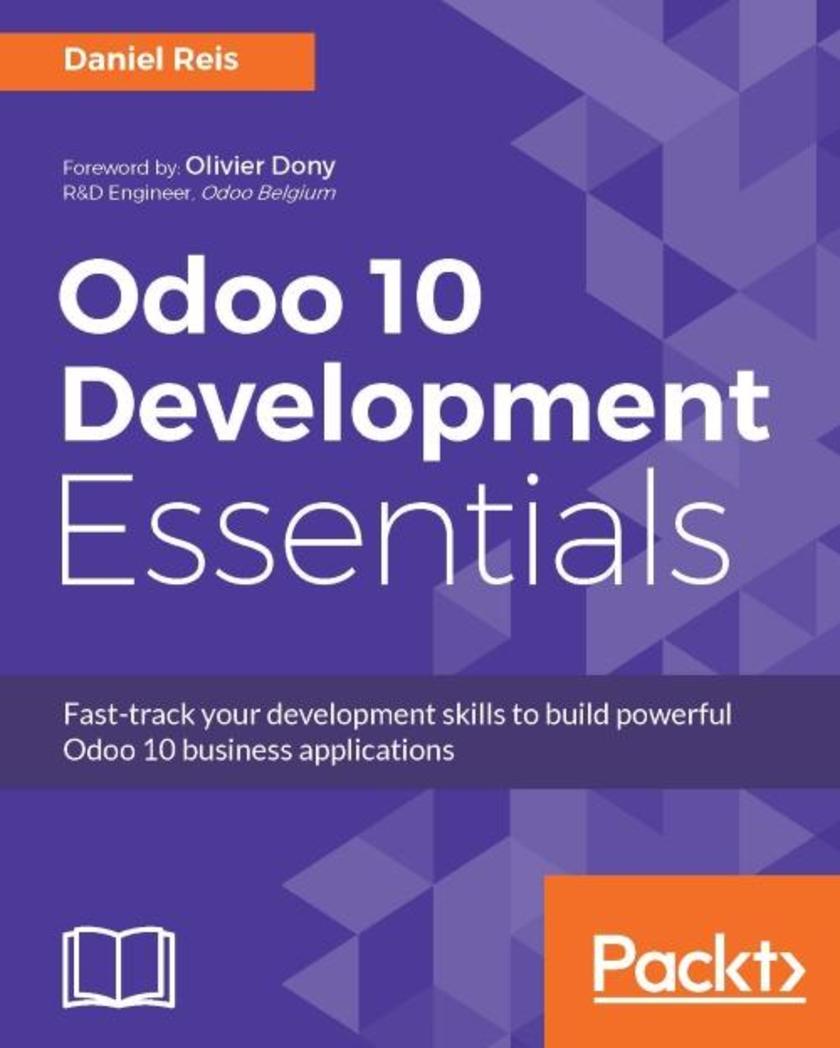
Odoo 10 Development Essentials
¥80.65
Fast-track your development skills to build powerful Odoo 10 business applications About This Book Get the most up-to-date guide on Odoo 10 and learn how to build excellent business applications with Odoo This example-rich, easy-to-follow guide enables you to build apps appropriate to your business needs Create solid business applications with the help of this precise, to-the-point guide Who This Book Is For This book caters to developers who are familiar with Python and MVC design and now want to build effective business applications using Odoo. What You Will Learn Install Odoo from source code and use all the basic techniques to setup and manage your Odoo server instances Create your first Odoo application Add Odoo's social and messaging features to your own modules Get to know the essentials of Models and Views Understand and use the server API to add business logic Use Qweb to create custom Reports Extend Odoo CMS features to create your own website controllers and pages Leverage Odoo Workflows on your applications Write module automated tests and debugging techniques Deploy your Odoo applications for production use In Detail Odoo is one of the fastest growing open source, business application development software products available. With announcement of Odoo 10, there are many new features added to Odoo and the face of business applications developed with Odoo has changed. This book will not only teach you how to build and customize business applications with Odoo, but it also covers all the new features that Odoo has to offer. This book is the latest resource on developing and customizing Odoo 10 applications. It comes packed with much more and refined content than its predecessor. It will start with building business applications from scratch and will cover topics such as module extensions, inheritance, working with data, user interfaces, and so on. The book also covers the latest features of Odoo 10, in addition to front end development, testing and debugging techniques. The book will also talk about Odoo Community and Odoo Enterprise. Style and approach This book follows a step-by-step practical approach where you will learn new concepts with every progressing chapter and create apps for business development.
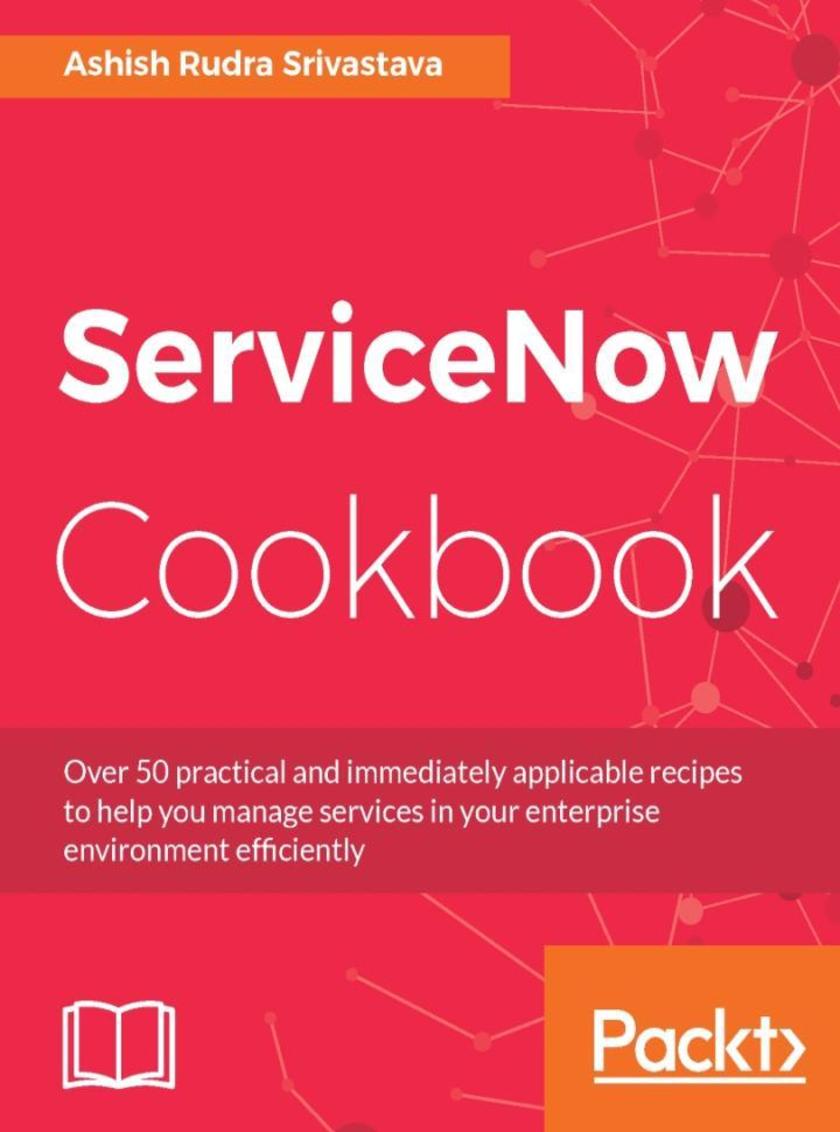
ServiceNow Cookbook
¥80.65
Over 50 practical and immediately applicable recipes to help you manage services in your enterprise environment efficiently About This Book Solve problems and challenges encountered while implementing or using ServiceNow in your organization Helps you build core administration, management, and maintenance skills to automate and orchestrate your IT environment Comes with recipes to improve the way you design and create automated workflows Who This Book Is For This book targets IT professionals and administrators who have some experience of working with ServiceNow already and are looking to solve regular or unique problems that surface when using ServiceNow. It’s advisable to have a basic level of administration experience with ServiceNow. Familiarity with JavaScript is assumed. What You Will Learn Grasp the basics, such as entering and navigation, required to implement ServiceNow Perform core configuration and management tasks Use the ServiceNow plugins to manage development Build and publish custom applications for service management Design data-driven apps to connect with outside worlds by getting into Client and server *ing Configure alerts and notifications and understand e-mail troubleshooting and watermarking Build and configure reports to set up your dashboard as per the requirement Create and configure workflow activities In Detail ServiceNow is the ideal platform for you to create enterprise-level applications, giving borh requesters and fulfillers better visibility and access to a process. With this title we’ll guide you through the world of ServiceNow, letting you take on the best the platform offers you with the least amount of hassle. Starting with the core configuration and management tasks, this book will help you build data-driven apps and it will also explore development best practices. You will learn to set up email notifications for users and work with the database view for reporting. Next, the book will guide you through creating various tasks from the workflow and show you how to make the most of the workflow utilities available in ServiceNow. Finally, the book will drive you through the auditing and diagnosing aspects of ServiceNow. By the end of this book, you will acquire immediately applicable skills to rectify everyday problems encountered on the ServiceNow platform. Style and approach This book follows a recipe-based problem-solution approach to address and dispel challenges faced when implementing and using ServiceNow on a regular basis. It will act as a quick solution when trying to solve specific problems without having to read an exhaustive tutorial.




 购物车
购物车 个人中心
个人中心



